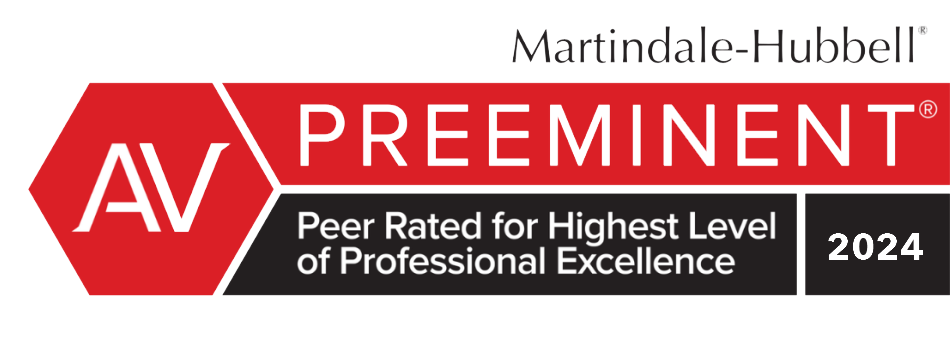Learning that you have tax debt can be unwelcome financial news, especially if you didn’t account for additional tax payments in your budget.
Though you’re legally obligated to settle back taxes that are legitimately owed, there are cost-effective payment methods you can use to settle IRS tax debt. Here are some of the most popular payment options to consider for tax debt relief, and the pros and cons of each.
Negotiate payments with the IRS. If you owe less than $10,000 in back taxes, you may be able to work directly with the IRS to settle your tax debt, according to the experts at CNN Money. In some cases, the certified public accountant who prepared your tax returns may be willing to work with the IRS to negotiate the waiver of some penalties and fees, and arrive at a payment amount you can make in full to resolve tax debt.
Monthly payment plans. If you owe more than $10,000, the IRS has monthly payment plans designed to pay tax debt in baby steps.
- If your tax debt is a result of a personal tax filing, monthly payment plans are designed for tax debt that does not exceed $50,000; for business-related back taxes, monthly payment plans are designed for tax debt that is $25,000 or less.
- The IRS also offers short-term payment plans if you can pay your IRS tax debt of $100,000 or less in full within 120 days. Installment agreements typically reflect penalties and interest associated with back taxes in the required monthly payment amount.
You can apply for installment payments manually using Form 9465, or apply for a monthly payment plan online. Though monthly payment plans may involve fees of $40 or more for direct debit arrangements (and fees up to $120 for payment agreements that don’t involve direct debit), they can provide the IRS tax relief you need to avoid garnishment of wages or legal action.
Personal loans. Because the IRS determines eligibility for its installment plans based the amount of back taxes owed and the income of the taxpayer, not everyone will qualify for a plan or be pleased with the terms offered for IRS tax relief. (Additionally, the IRS’s payment plans include interest, penalties and fees based on the nature of the tax debt).
If you have good credit, a personal loan through a peer, an online marketplace lender or a local bank or credit union may be a more cost-effective means to pay tax debt. Define the terms of any personal loan in a legally binding document, including interest rate, monthly payment and duration of the loan.
Credit cards. The IRS does allow you to pay some back taxes using credit cards, but service fees of up to 2.25 percent may be imposed. If your credit card has a low interest rate for a cash advance, you may be able tap your existing credit line to avoid the IRS credit card processor fees. If your card’s low interest rates are temporary, confirm that you can pay the amount you borrow for back taxes to your credit card in full before interest rates rise.






 Steven N. Klitzner, P.A. is a tax attorney based in Miami, Florida. He has been practicing tax law for over 40 years, and currently holds a 10.0 rating by Avvo. Mr. Klitzner was appointed to the IRS Service Advisory Council in 2021 and is...
Steven N. Klitzner, P.A. is a tax attorney based in Miami, Florida. He has been practicing tax law for over 40 years, and currently holds a 10.0 rating by Avvo. Mr. Klitzner was appointed to the IRS Service Advisory Council in 2021 and is... 





